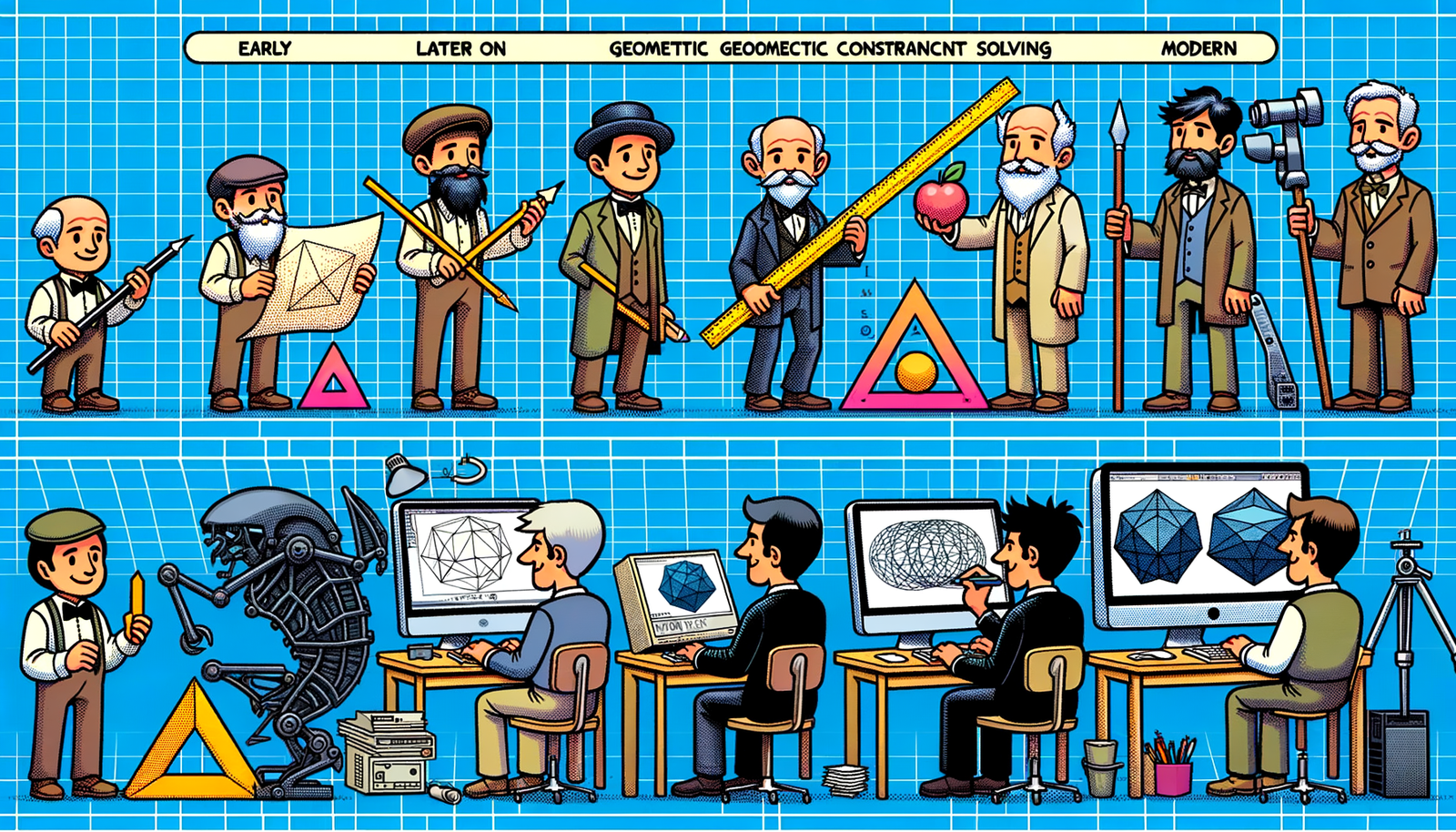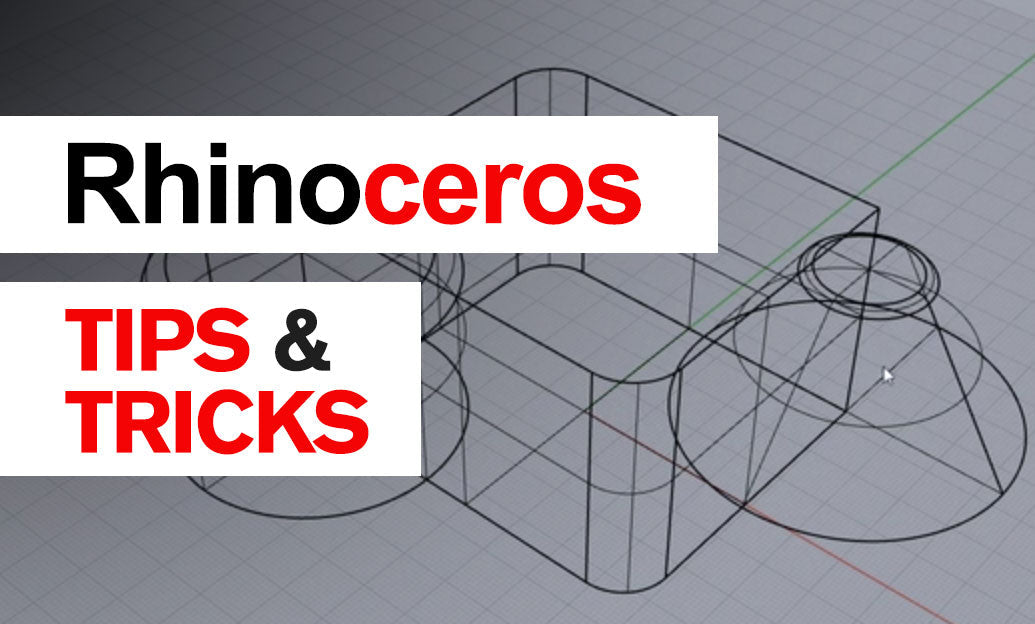Your Cart is Empty
Customer Testimonials
-
"Great customer service. The folks at Novedge were super helpful in navigating a somewhat complicated order including software upgrades and serial numbers in various stages of inactivity. They were friendly and helpful throughout the process.."
Ruben Ruckmark
"Quick & very helpful. We have been using Novedge for years and are very happy with their quick service when we need to make a purchase and excellent support resolving any issues."
Will Woodson
"Scott is the best. He reminds me about subscriptions dates, guides me in the correct direction for updates. He always responds promptly to me. He is literally the reason I continue to work with Novedge and will do so in the future."
Edward Mchugh
"Calvin Lok is “the man”. After my purchase of Sketchup 2021, he called me and provided step-by-step instructions to ease me through difficulties I was having with the setup of my new software."
Mike Borzage
Revolutionizing Intellectual Property in Design: The Role of Blockchain Technology
June 12, 2024 3 min read


Introduction to Blockchain and Intellectual Property in Design
Blockchain technology, initially devised for the digital currency Bitcoin, has evolved to encompass a wider array of applications, one of which includes revolutionizing intellectual property (IP) protection in the design industry. At its core, blockchain is a distributed database that allows for secure, transparent, and tamper-proof transactions. This technology holds significant promise for addressing longstanding IP issues faced by designers and creators, including piracy and unauthorized use, by providing a verifiable and immutable ledger of ownership and transactions.
Intellectual property issues have plagued the design industry for years, with creators often finding it difficult to prove originality or fight infringement. Blockchain technology offers a novel approach to these challenges by facilitating a means to establish incontrovertible proof of creation and ownership, thereby revolutionizing how IP rights are protected and managed in the digital age.
Blockchain Mechanisms for Protecting Design IP
The use of blockchain technology in protecting design IP primarily revolves around its ability to create a decentralized and immutable ledger of records. Here is how it can be applied:
- Creation of tamper-proof records: Blockchain can be used to record timestamps of design creation, modification, and publication, creating an indelible and verifiable history of the design's lifecycle.
- Smart contracts for rights management: These self-executing contracts with the terms of the agreement between buyer and seller being directly written into lines of code can automate the licensing, sale, and management of design rights, significantly reducing the potential for disputes and unauthorized use.
Several platforms and initiatives are already leveraging blockchain to enhance IP protection in the design sector. These include systems that allow designers to register their work on a blockchain for copyright protection, and marketplaces that use smart contracts to facilitate secure and transparent transactions of design assets.
Impact on Design Collaboration and Sharing
The integration of blockchain technology into the design process has the potential to significantly impact how designers collaborate and share their work. By ensuring that all transactions and modifications are recorded on a blockchain, it creates a trusted environment where all parties can feel secure about their intellectual property rights. This could lead to more open and efficient collaboration, with features such as:
- Secure sharing of design files: Designers can share their work with collaborators or clients without the fear of losing control over their IP, as all interactions would be recorded and could be traced back if necessary.
- Maintaining a balance between openness and IP protection: With blockchain, there is an opportunity to redefine the boundaries of collaboration, allowing for greater sharing and innovation while still safeguarding creators' rights.
The challenge lies in finding the right balance between promoting open collaboration and protecting intellectual property, a task that blockchain technology is uniquely positioned to help achieve.
Future Prospects and Challenges
As blockchain technology continues to evolve, its potential to transform the design industry and IP protection grows. Ongoing developments in blockchain are making it more scalable, efficient, and user-friendly, opening up new possibilities for its application in design software and processes. However, the journey is not without its challenges.
One of the main hurdles facing the adoption of blockchain in design is scalability, as current blockchain networks can struggle with high transaction volumes, leading to delays and increased costs. Additionally, there is a steep learning curve associated with blockchain technology, which can be a barrier to widespread adoption among designers and creators.
In conclusion, while there are certainly challenges to overcome, the potential benefits of blockchain for IP protection and design collaboration are undeniable. As this technology continues to mature, its role in shaping the future of design IP protection and fostering a more collaborative and secure design community cannot be understated. The evolving landscape of design IP protection is on the brink of a revolution, with blockchain technology at the helm.
Also in Design News

Bluebeam Tip: Maximize PDF Security and Efficiency with Bluebeam Revu's Flatten Tool
December 02, 2024 1 min read
Read More
Design Software History: Evolution and Impact of Geometric Constraint Solving in CAD History
December 02, 2024 2 min read
Read More
Rhino 3D Tip: Enhancing Scale Modeling Accuracy in Rhino 3D: Essential Tips for Designers and Engineers
December 02, 2024 2 min read
Read MoreSubscribe
Sign up to get the latest on sales, new releases and more …


